Travel Courses
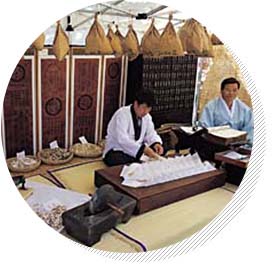

Yangnyeongsi Market or Yakjeon-golmok Street
This medicinal herb or herbal medicine market is located in Namseong-dong, Jung-gu, opposite the Jungang Police Box. This 700 meter-long street encapsulates the tradition of Korea's oriental medicine, housing 56 pharmacies, 24 clinics, 76 wholesalers of ingredients, 20 ginseng stores, and 150 medicine brewery shops. On this street, visitors can experience oriental medical treatments such as herbal medicine or acupuncture and purchase first-class medicines at reasonable prices. The street originated from the Daegu Medicinal Herb Fair that was held during the Joseon Dynasty (1392-1910) from the 16th century. The market used to be an important supplier of medicinal herbs to China, Manchuria, and Russia from the mid-Joseon period. To enter the website of Yangnyeongsi Preservation Committee , click here.
- TEL : 82-53-253-4729
- Time required : 60 min.
- City bus : No. 106, 202, 305, 349, 401, 405, 410-1, 414, 503, 518, 609, 650, 704, 706, 730, 840, 909, Bukgu 2, Rapid 2
- Subway : Get off at the Banwoldang Station of the subway line No. 1.
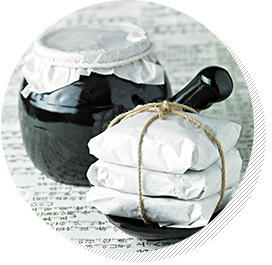

Yangnyeongsi Exhibition Hall
This is a three-story building on the street of Yakjeon-golmok. The first floor is a wholesale market of oriental medicine ingredients, to which medicinal herbs from all across the nation are delivered between every first and fifth day of each month. The second floor has various medicinal herbs on exhibit, as well as several interesting life-size displays depicting scenes of oriental medicine clinics. The third floor is a venue for traditional performing arts. For more details, click here.
- Hours : Weekdays-09:00~18:00 / Winter-09:00~17:00 / Holidays,Sunday-10:00~17:00
- Time required : 30 min.
- Admission : free
- City bus : No. 106, 202-1, 303, 349, 401, 410, 503, 518, 650, 704, 706, 730, Rapid 2
- Subway : Get off at the Banwoldang Station of the subway line No. 1.
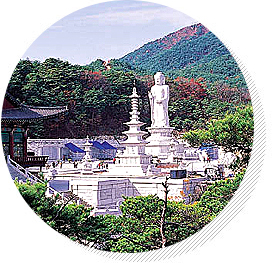

Donghwasa Temple
This temple was founded more than 1500 years ago and was once used as the headquarters of the monk troops who fought against the Japanese during Hideyoshi's Invasion. The Korean religious tradition of nation-guarding Buddhism originated from those days. Donghwasa has Korea's largest statue of Buddha, Tongik yaksa yeoraedaebul (Buddha for the wish of national unification), which stands 33m high and 16.5m wide, as well as five other National Treasures.
- TEL : 82-53-982-0101
- Hours : 8 a.m. to 7 p.m.
- Time required : 60 min.
- Admission : 2,500 won Adults; 1,500 won Age 13-18; 1,000 won Age 6-12
- City bus : No. Rapid 1 , Palgong 1
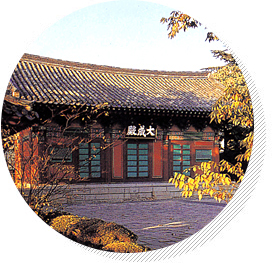

Daegu Hyanggyo Confucian Academy
This academy was established in 1398 as an educational institution for Confucian philosophy. Daeseongjeon Hall used to be the place to keep ancestral tablets and to hold ancestral memorial services every year. Myeongnyundang Hall was previously used for classrooms and currently serves as a traditional wedding hall on Sundays and holidays.
- TEL : 82-53-422-8700
- Hours : 9 a.m. to 6 p.m.
- Time required : 60 min.
- Admission : free
- City bus : No. 401, 420-1
- Subway : Get off the Myeongdeok Station of the Subway line No. 1.
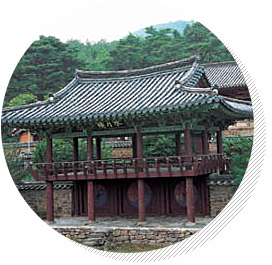

Dodong Seowon Confucian Academy
This Confucian academy is located on the bank of the Nakdonggang River near Mt. Biseulsan. It commemorates Kim Goeng-pil, one of the five wisest scholars in the Joseon, who was born in 1454. From the Suwollu Pavilion you can get a panoramic view of the Nakdonggang River. There is a 400-year-old gingko tree and the soil fence designated as Treasures No. 350 in Dodong Seowon.
- TEL : 82-53-617-7620
- Time required : 60 min.
- Admission : free.
- City bus : No. dalseong 4
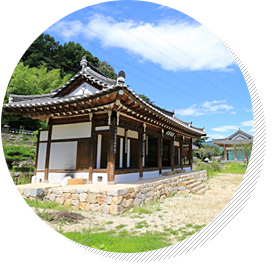
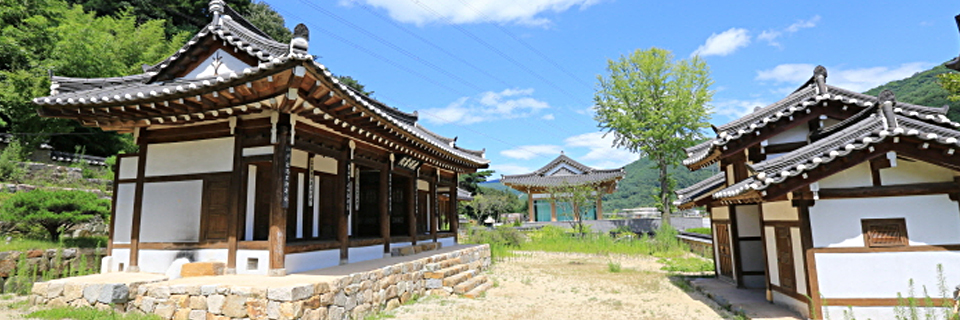
Nokdong Seowon Confucian Academy
The Nokdong Seowon is a memorial hall that was built in 1789 to pay respects to Kim Chung-Seon, whose pen name is Mohadang. Kim Chung-seon is a Japanese admiral who became a naturalized Korean citizen when he invaded Korea as Admiral Hideyoshi of Japan. Later, he made an important contribution to protecting Korea against foreign invasion. Many Japanese tourists visit Nokdong Seowon when they visit Daegu..
- TEL : 82-53-767-5790
- Time required : 30 min.
- Admission : free.
- City bus : No. Gachang 2
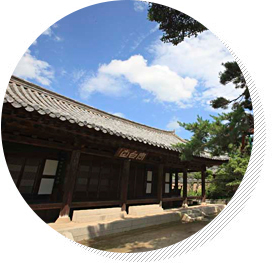

Bon-ri Residence of the Nampyeong Moon Family (Inheung Village)
Moon Gyeong-ho, the 18th generation grandson of famous Korean, Moon Ik-jeom, who first introduced the cottonseed to Korea from China in the 15th century, established this village on the site of the former Inheungsa Temple. In this village, nine traditional houses and two pavilions stand in their original forms of the late Joseon Dynasty style. The village has been designated as the regional Folklore Material No. 3. The representative buildings of this village include Gwanggeodang Lecture Hall, Subongjeongsa Pavilion and Insumungo Library. Insumungo Library has a study, stack rooms, and contains about 10,000 volumes of valuable books that are quite old, from Korea and abroad.
- TEL : 82-53-637-5416
- Hours : 9 a.m. to 6 p.m.
- Time required : 40 min.
- Admission : free
- City bus : No. dalseong 2
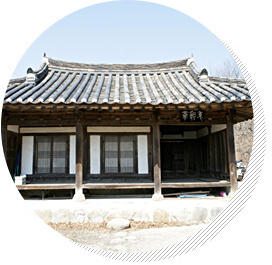

Head House of the Gyeongju Choi Family (Otgol Village)
One kilometer to the east of the Daegu Airport is a village of the Gyeongju Choi clan, where typical houses of the ruling yangban class of the Joseon Dynasty are found. At the northern part of the village lies the head family house, Bakbulgotaek, built in 1616 by Choi Dong-jip, a Confucian scholar. Designated as Daegu Folklore Material No.1, the 400-year-old house is comprised of women's quarters, master's quarters, master's study, and shrines.
- TEL: 82-53-983-1380
- Hours: 9 a.m. to 6 p.m.
- Time required: 30 min.
- Admission: free
- City bus: Donggu 3
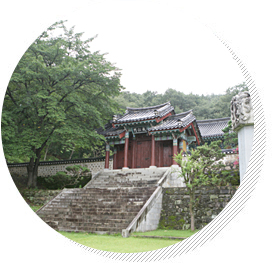

Yuksinsa Shrine
The descendants of the six famous devoted retainers of the Joseon Dynasty built this shrine in 1981 and have dedicated memorial tributes to them every year. The famous officers include Park Paeng-nyeon, Seong Sam-mun, Lee Gae, Yu Seong-won, Ha Wi-ji, and Yu Eung-bu. The shrine is composed of three buildings: Oesammun (outer triple gate), Samchunggak (three story tower), and Sungjeoldang (shrine to worship loyalty and integrity). Notable things are the hexagonal stone stele and Taegojeong Pavilion. The stele keeps the deeds of the six officers as inscribed records and the pavilion has been designated as Treasure No. 554.
- TEL: 82-53-586-7628 Hours: 9 a.m. to 6 p.m.
- Time required: 60 min. Admission: free
- City bus: No. seongseo 2
